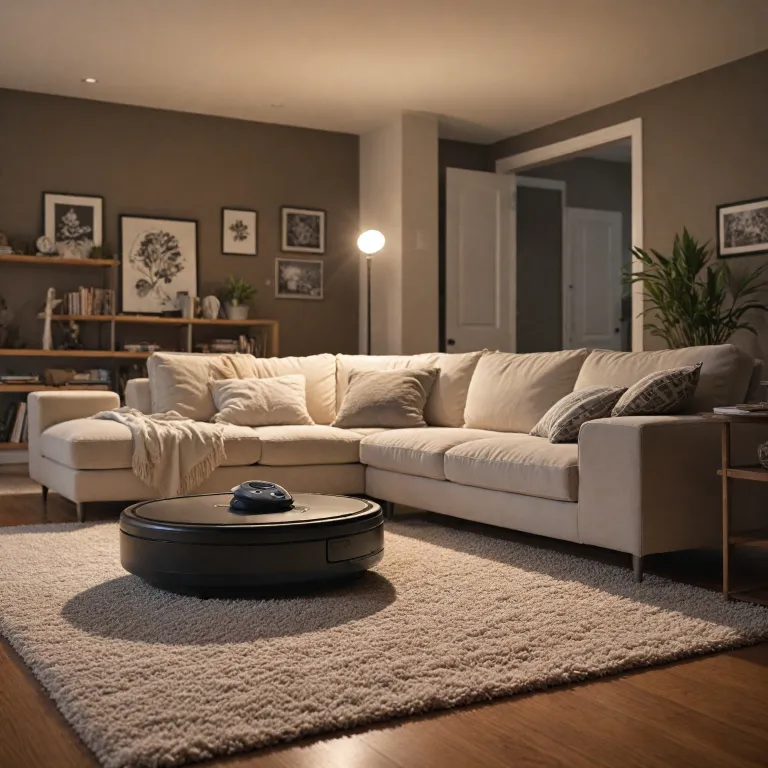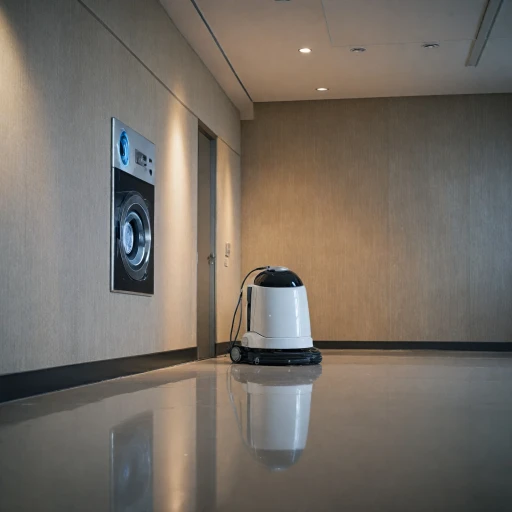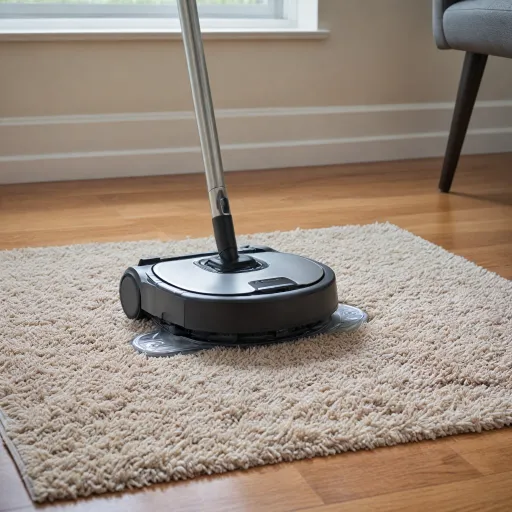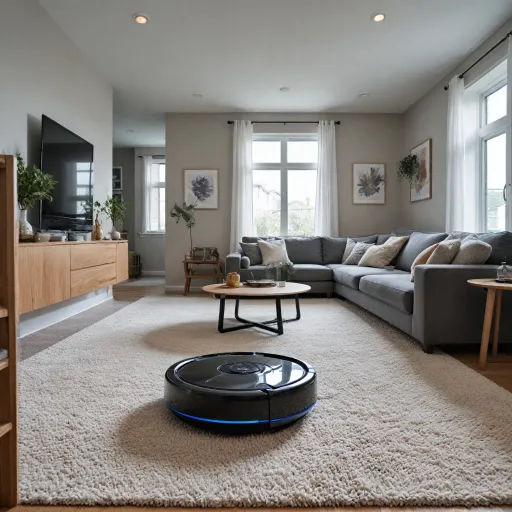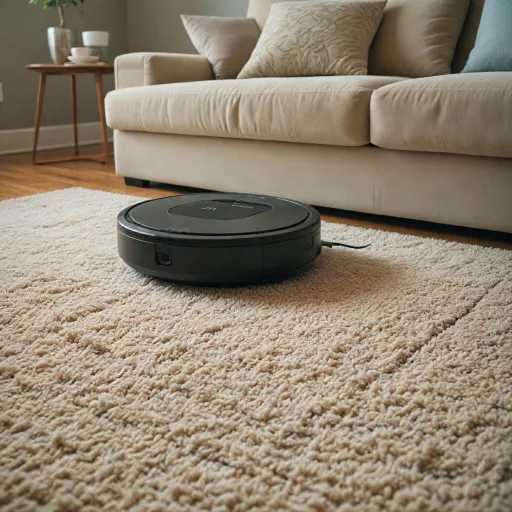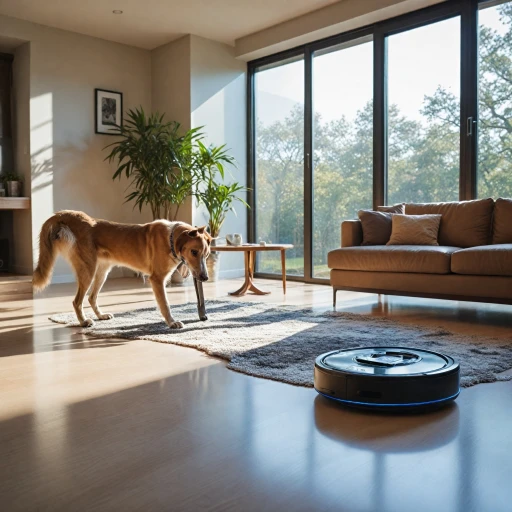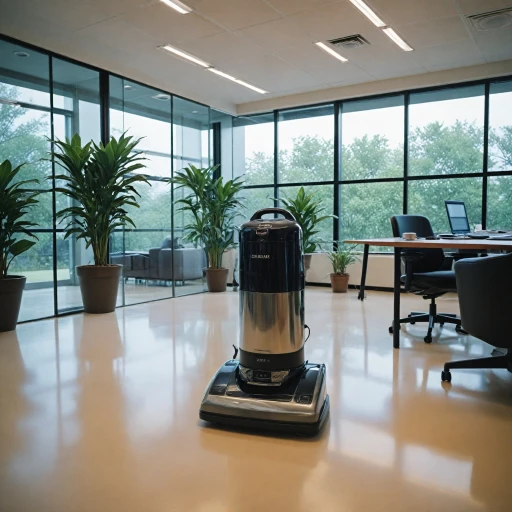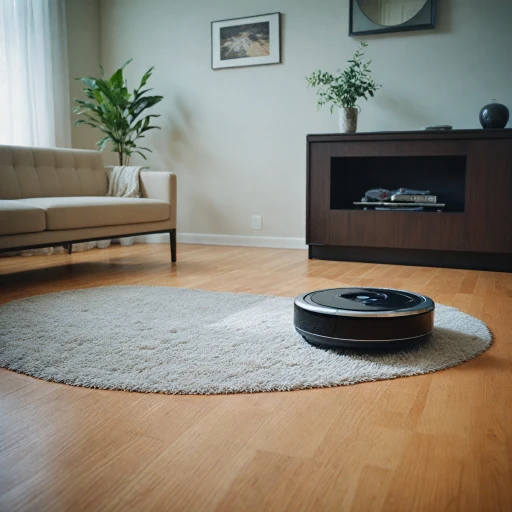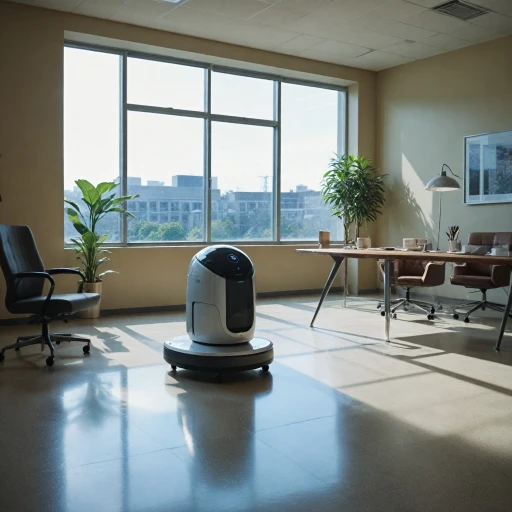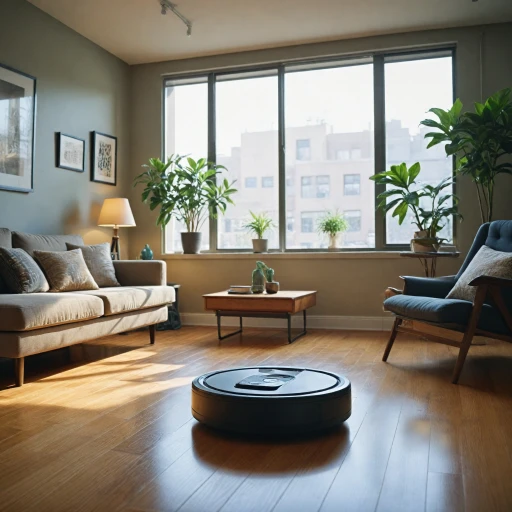
Market Trends in Robotic Vacuum Cleaners
Exploring Emerging Patterns in the World of Robotic Vacuums
The robotic vacuum cleaner market has experienced significant growth across various regions, with North America being a key player. The demand for these smart cleaning robots is on the rise, fueled by an increasing preference for convenience and automation in household cleaning. Notably, the residential robotic segment has gained traction, becoming a staple in modern homes.
Globally, the cleaner market is seeing expansion with significant contributions from Asia Pacific and Europe alongside America. Countries in these regions are witnessing a surge in the adoption of robotic vacuums, which is a testament to their effectiveness in maintaining cleanliness with minimal human intervention. The Asia Pacific region, in particular, is experiencing rapid growth due to increasing urbanization and rising disposable incomes.
The market size of robotic vacuums is projected to expand into a multibillion USD industry. The continued innovation in cleaning robots, combined with the introduction of vacuum mops, is broadening the appeal to consumers seeking comprehensive floor cleaning solutions. Furthermore, the cleaner market is not limited to residential use; there is a growing market for robotic vacuum cleaners in commercial spaces as well.
The availability of diverse product ranges at various price points allows a wider customer base to explore the benefits of robotic vacuum cleaners. This flexibility in the price range has made these devices more accessible to middle-range consumers. Distribution channels have also evolved, making it easier for consumers to access these products through online and offline platforms.
The cleaning efficiency of these devices plays a crucial role in market trends, as does the growing awareness of their benefits. Manufacturers are continually adapting to meet the changing preferences of consumers, enhancing their robotic products with smarter technology. These trends align with the increasing consumer demand for products that offer both convenience and performance.
Consumer Preferences and Buying Behavior
Consumer Preferences in the Robotic Vacuum Market
In North America, the demand for robotic vacuum cleaners has been steadily increasing, driven by a shift in consumer preferences towards smart home technologies. As more households embrace automation, the appeal of a floor vacuum that can operate independently has grown significantly. This trend is not just limited to North America; similar patterns are observed in Europe and Asia Pacific, where the adoption of cleaning robots is on the rise.
One of the key factors influencing consumer buying behavior is the importance of vacuum sealing in robotic vacuums. This feature enhances the cleaning efficiency, making it a top priority for buyers looking for effective dust and debris removal. Additionally, the integration of smart features, such as app control and voice assistant compatibility, has become a major selling point, appealing to tech-savvy consumers.
Price Range and Product Features
The price range of robotic vacuums varies widely, catering to different segments of the market. Entry-level models offer basic cleaning capabilities, while high-end products boast advanced features like mapping technology and vacuum mop combinations. This diversity in product offerings allows consumers to choose a vacuum cleaner that best fits their needs and budget.
Moreover, the distribution channel plays a crucial role in consumer decisions. With the rise of e-commerce, many buyers prefer purchasing their robot vacuums online, where they can easily compare prices and read reviews. This shift in buying behavior has contributed to the growth of the global robotic vacuum cleaner market, which is projected to reach several USD billion in the coming years.
Regional Preferences and Growth
While North America leads in the adoption of robotic vacuums, other regions like Asia Pacific and the Middle East are experiencing significant growth. In Asia, the increasing urbanization and busy lifestyles have led to a higher demand for cleaning robots. Similarly, in the Middle East, the rising disposable income and interest in smart home products are driving the market size.
Understanding these consumer preferences and buying behaviors is essential for manufacturers and retailers aiming to capture a larger share of the cleaner market. By aligning their product offerings with consumer demands, they can better position themselves in this competitive landscape.
Technological Innovations in Robotic Vacuums
Innovative Shifts in Robotic Vacuum Technology
In today's dynamic cleaner market, technological innovation serves as a key driver propelling the growth of robotic vacuum cleaners across various regions including North America, Asia Pacific, and Europe. These advancements in technology have not only expanded the capabilities of traditional robot vacuums but have also catered to evolving consumer demands for efficiency and convenience in cleaning robots.
One of the most striking innovations is the integration of smart technology. Robot vacuums now come equipped with advanced sensors and mapping systems, enabling them to efficiently navigate through complex floor layouts. Such features are not only critical for residential robotic vacuum cleaners, but they also represent a lucrative segment of the global robotic market, especially with the increasing demand for automation in the cleaning sector.
Another technological trend is the hybrid evolution of vacuum mop devices. These products combine the functionalities of vacuuming and mopping, catering to diverse cleaning needs. The cleaner market is seeing a heightened interest in these dual-function devices, particularly in high-demand areas like North America and parts of Asia Pacific, illustrating a growth trajectory fueled by technological enhancements.
The continuous improvement in battery life and charging efficiency also represents a significant advancement. These improvements have extended the cleaning duration and decreased downtime, contributing to an overall increase in the global market size of vacuum cleaners. In particular, the introduction of self-emptying dustbins and enhanced suction power has attracted consumers seeking minimal maintenance products, driving demand further.
Lastly, the price range of these robotic innovations remains broad, with products available to suit various budget levels. Despite the technological complexity, manufacturers aim to maintain accessibility through strategic distribution channels, ensuring widespread availability in the growing cleaner market.
Challenges in Adoption and Usage
Barriers to Seamless Use of Robotic Vacuums
The adoption of robotic vacuum cleaners in North America and beyond faces a series of challenges that limit its widespread use, despite the growing demand. As the market continues to grow, key issues need addressing to improve efficiency and user satisfaction.
One persistent challenge is the price range of robot vacuums. Although prices have been falling due to increased market size and competition, many consumers still view these devices as a luxury product. This perception affects uptake, particularly for those who compare them with traditional vacuum cleaners, considering the significant difference in initial costs.
Another challenge lies in the limitations of current cleaning technology. While advancements have been made, such as the integration of mop functions with vacuums or improved navigation systems, some models still struggle with certain floor types or the removal of stubborn dirt. These limitations can result in consumer dissatisfaction, impacting demand and growth in various regions including North America, Asia-Pacific, and the Middle East.
The distribution channel plays a critical role in product accessibility. A lack of availability in certain regions or limited exposure in retail environments can restrict consumer engagement, despite rising interest in smart home products. Additionally, the ongoing challenge of educating consumers about the benefits and capabilities of robotic vacuums remains crucial to increasing residential robotic cleaner market penetration.
As the cleaner market evolves, addressing these issues is vital for sustained growth. Manufacturers and retailers must work together to develop solutions that cater to various consumer needs across Europe and North America, while also considering global market dynamics and the unique requirements of each region.
Environmental Impact and Sustainability
Eco-Friendly Choices and Long-Term Sustainability
The rise of robotic vacuum cleaners across North America is not just a technological story, but also an environmental one. As the market for robotic vacuums expands, a spotlight is cast on how these cleaning innovations can affect our planet. Users in America and other regions are increasingly aware of the environmental footprint associated with modern appliances.
The cleaner market is witnessing a shift towards eco-friendly products, with manufacturers striving to incorporate sustainable materials and energy-efficient technologies into their designs. This evolution is visible across various regions, including the Asia Pacific, North America, and Europe, pushing the market size of eco-sensitive cleaning robots to new heights.
Recycling and Waste Management
The focus is not just on energy consumption but extends to the end-of-life phase of robotic vacuum cleaners. The integration of recyclable components is becoming a key aspect in product development. Consumers are increasingly conscious of the lifecycle of their products and prefer brands that offer solutions for responsible disposal and recycling of outdated or malfunctioning units.
Energy Efficiency and Low Emission
As demand grows, there is a strong push towards reducing energy consumption. Leading manufacturers are designing robots with enhanced battery technologies and optimizing algorithms for efficient cleaning cycles. The goal is to minimize electricity use while maximizing performance, which is critical as these devices gain popularity in residential settings across North America and beyond.
Innovative Cleaning Features
Some of the products now include additional features such as vacuum mop capabilities, which not only clean efficiently but also reduce the use of water and chemical cleaning agents, making them a popular choice in the global robotic cleaner market.
In summary, the environmental impacts of robotic vacuum cleaners are multi-faceted, encompassing production, energy use, and disposal. In this burgeoning market, sustainability is a crucial aspect influencing consumer decisions and steering industry growth towards greener pastures.
Future Prospects and Industry Predictions
Anticipating the Future of Robotic Vacuum Cleaners
The robotic vacuum cleaner market is poised for significant growth, driven by technological advancements and changing consumer preferences. As the demand for smart home devices continues to rise, the integration of artificial intelligence and machine learning in robotic vacuums is expected to enhance their efficiency and user experience. This evolution is likely to attract more consumers, expanding the market size across North America, Europe, and Asia Pacific.
In North America, the market is expected to see a steady increase in adoption rates, with consumers increasingly valuing convenience and time-saving features. The trend towards smart homes is a key driver, as more households integrate connected devices for seamless living experiences. Meanwhile, in Asia Pacific, rapid urbanization and a growing middle class are fueling demand for robotic vacuums, with the region projected to witness the fastest growth rate.
Innovations and Market Expansion
Technological innovations such as advanced navigation systems, improved suction power, and the integration of vacuum mop functionalities are set to redefine the capabilities of robotic vacuums. These features not only enhance cleaning efficiency but also cater to a broader range of consumer needs, from basic floor vacuuming to more comprehensive cleaning solutions.
The global robotic vacuum cleaner market is also seeing diversification in product offerings and price ranges, making these devices accessible to a wider audience. Companies are focusing on developing products that cater to different segments, from budget-friendly options to high-end models with premium features.
Sustainability and Environmental Considerations
As environmental concerns become more prominent, the sustainability of robotic vacuums is gaining attention. Manufacturers are exploring eco-friendly materials and energy-efficient designs to minimize the environmental impact of their products. This shift towards sustainability is expected to become a key factor in consumer decision-making, influencing the future direction of the market.
Overall, the future of robotic vacuum cleaners looks promising, with continued innovation and market expansion on the horizon. As the industry evolves, it will be crucial for manufacturers to address challenges related to adoption and usage, ensuring that these devices meet the diverse needs of consumers across different regions.
